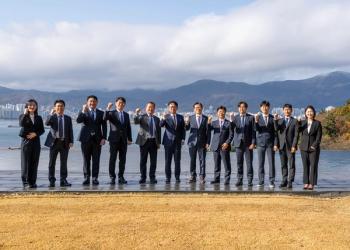
Design and operating considerations for combined cycle plants
The prevailing economic conditions, volatility of fuel prices, changing regulation of emissions, varying supply and demand as related to capacity margins and unfavorable public perception of coal and nuclear technologies have brought uncertainty in today's energy market.
Combined cycle (CC) power plants are well situated to provide the operational flexibility necessary due to the following factors:
Responding to, and backing up, intermittent and widely variable generators inherent with renewable energy sources: The increasing installation of wind and solar plants, which experience sudden fluctuations in generation levels, require traditional base loaded units to be utilized for grid stabilization.
Remaining emission compliant throughout an expanding range of part load operation: Minimum load, usually defined as lowest load possible while being emission compliant, is typically between 40% to 60% load, depending on the combustion turbine generator (CTG) model. One CTG supplier offers low load CC operation down to 20% load and still remains emission compliant.
Flexibility to respond to cycling demands: CC plants held in reserve can rapidly ramp up to replace lost generation without the delay, cost or maintenance penalties associated with frequent unit startups and shutdowns.
Combustion technology: Typically, large-frame CTGs with elevated exhaust temperatures are better suited for combined cycle power plants. Other engines that provide higher efficiencies with smaller output and quicker startup times are used in peaking power applications (i.e. aeroderivative engines). However, recent technology advances have merged frame and aero design features resulting in improved operating flexibility.
More in Turbomachinery International magazine Nov. /Dec. 2011.
Newsletter
Power your knowledge with the latest in turbine technology, engineering advances, and energy solutions—subscribe to Turbomachinery International today.





